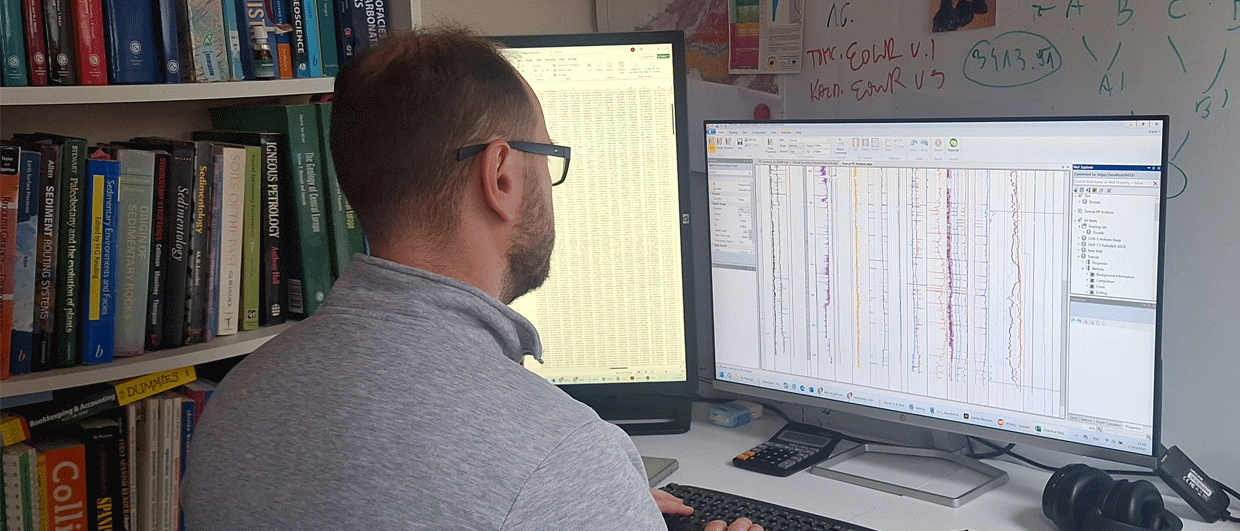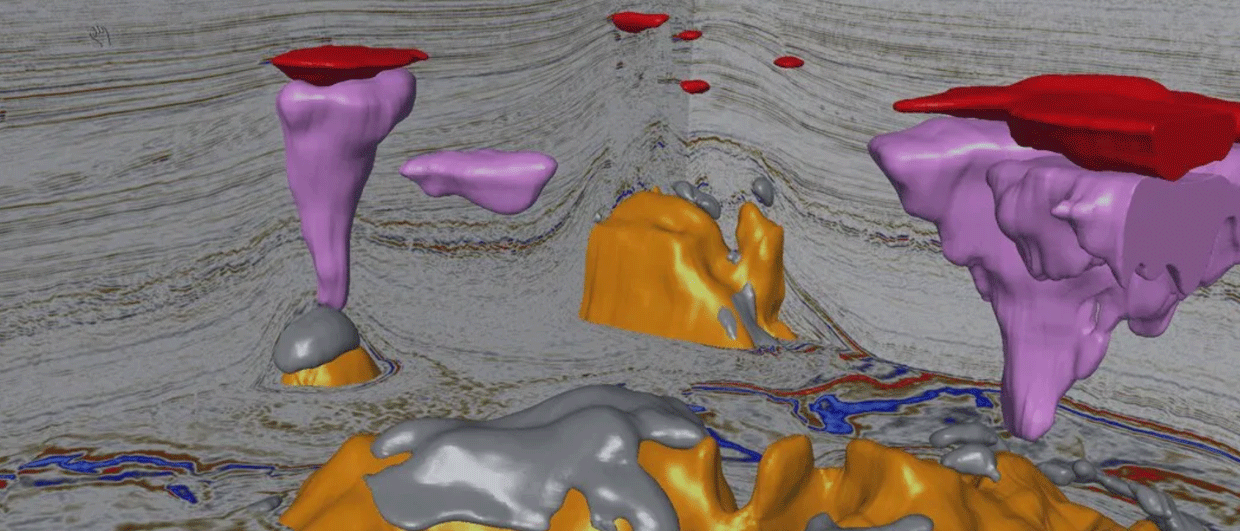Operator Equinor, together with partners Vår Energi (25%), Idemitsu Petroleum (15%) and Neptune Energy (15%), has added a unique discovery to the list of exploration successes in the greater Fram area. The Blasto 31/2-22S find proved that 4D seismic can not only be used to monitor fluid flow within a producing field, it can also be utilised in mapping pressure changes around it. These changes, once quantitatively assessed, can significantly de-risk a near-field prospect.
Attend the NCS Exploration – Recent Advances in Exploration Technology Conference 19-20 May and hear first-hand about the technology behind the 4D-aided Blasto success.

For the Blasto prospect located near Troll and Fram, 4D seismic data strongly indicated the presence of hydrocarbons, in particular oil. This observation significantly de-risked the prospect that is located in an area where previous attempts to find hydrocarbons north of Troll were unsuccessful.
4D for near-field exploration has potential for all areas with regional depletion, typically occurring within a few kilometers of producing fields. For areas filled with hydrocarbons, the regional depletion might lead to gas cap expansion or gas out of solution in oil, depending on the hydrocarbon phase or if pressure in oil is close to bubble point. Such gas saturation changes are typically detected by 4D seismic and might occur even if the regional depletion is small. The Blasto case shows a potential for discriminating between oil and gas by utilizing both 4D amplitude difference and time shifts.
In fact, Shell drilled a well very close to Blasto in 1982 – 31/2-8 – targeting the same Upper Jurassic Sognefjord Fm sandstones. Although good oil shows were found in the top part of the Sognefjord sandstone, the well was classified as dry within the main reservoir interval. Therefore, Blasto required strong technical evidence to suggest that there was in fact an economic volume to be found. After many years of studies, however, geophysical data in the form of AVO analysis combined with a thorough scrutiny of 4D seismic data eventually gave convincing arguments to get the well drilled in early 2021.
Now being able to compare the results of the 31/2-8 well with the recent Blasto well, it shows how unfortunate Shell was in 1982: the well just missed the OWC in the shallowest reservoir zone, and drilled outside the pinch-out of the deepest reservoir zone by a thin margin.
A tool for future exploration
The recent results utilising 4D for exploration can have a profound impact on working up near-field prospects across the world. As an example, a 4D survey in the Fram area is already planned for this summer, and it is significantly motivated by near-field exploration.
HENK KOMBRINK




